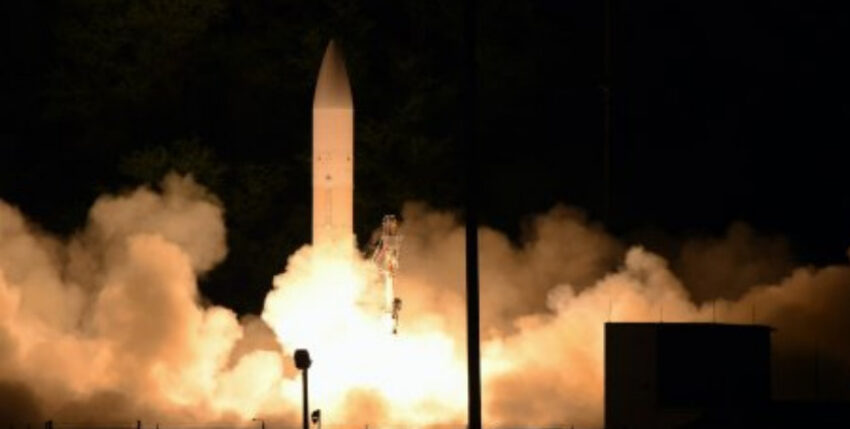US Naval Institute: Report to Congress on the Procurement and Development of Hypersonic Weapons
The United States has actively pursued the development of hypersonic weapons - manoeuvring weapons that fly at speeds of at least Mach 5 - since the early 2000s as part of its programme for conventional, fast global attacks. In recent years, the focus has been on the development of hypersonic glide missiles launched from a rocket and hypersonic cruise missiles propelled in flight by high-speed engines. As the former Vice Chairman of the Joint Chiefs of Staff and former Commander of the US Strategic Command, General John Hyten, explained, these weapons could "enable responsive long-range attacks against distant time-critical threats.
Critics, on the other hand, claim that hypersonic weapons do not fulfil defined operational requirements, contribute little to US military capability and are unnecessary for deterrence.
Funding for hypersonic weapons has been relatively restrained in the past, but both the Pentagon and Congress are showing a growing interest in the development and near-term deployment of hypersonic systems. This is due in part to advances in these technologies in Russia and China, both of which have a number of hypersonic weapons programmes underway and have likely already deployed operational hypersonic glide missiles - possibly armed with nuclear warheads. Unlike Russia and China, most US hypersonic weapons are not intended for use with a nuclear warhead. As a result, US hypersonic weapons are likely to require greater accuracy and be more technically challenging to develop than nuclear-armed Chinese and Russian systems.
The Pentagon's FY 2023 budget request for hypersonic research is $4.7 billion, up from $3.8 billion in the FY 2022 request, and the Missile Defense Agency has requested an additional $225.5 million for hypersonic defence. Currently, the Department of Defense (DOD) has not established programmes for hypersonic weapons, indicating that it may not have approved deployment requirements for the systems or long-term funding plans.
In reviewing the Pentagon's plans for US hypersonic weapons programmes, Congress could consider questions about the rationale for hypersonic weapons, the expected costs, and the impact on strategic stability and arms control. Possible questions include the following:
For which mission(s) should hypersonic weapons be used? Are hypersonic weapons the most cost-effective means of carrying out these potential missions?
Given the lack of defined operational requirements for hypersonic weapons, how should Congress evaluate funding requests for hypersonic weapons programmes or the balance of funding requests for hypersonic weapons programmes, enabling technologies and supporting test infrastructure?
How, if at all, will the use of hypersonic weapons affect strategic stability?
Are risk-mitigating measures necessary, such as the extension of New START, the negotiation of new multilateral arms control agreements or the implementation of transparent and confidence-building measures?
Download the Congressional Research Service report from 5 May 2022, Hypersonic Weapons: Background and Issues for Congress.










